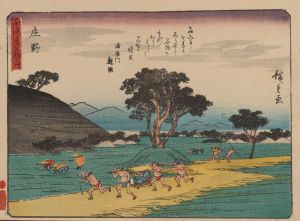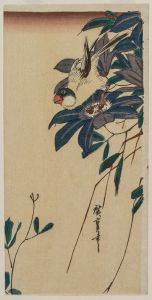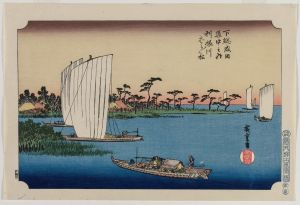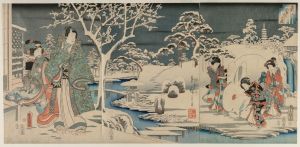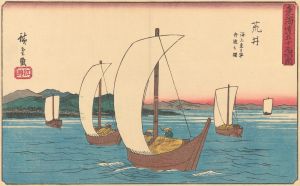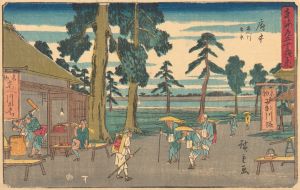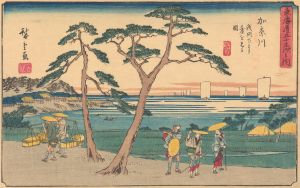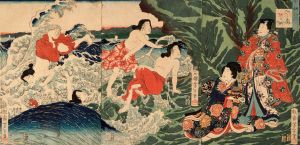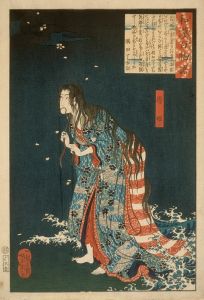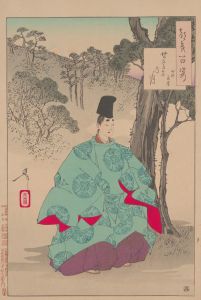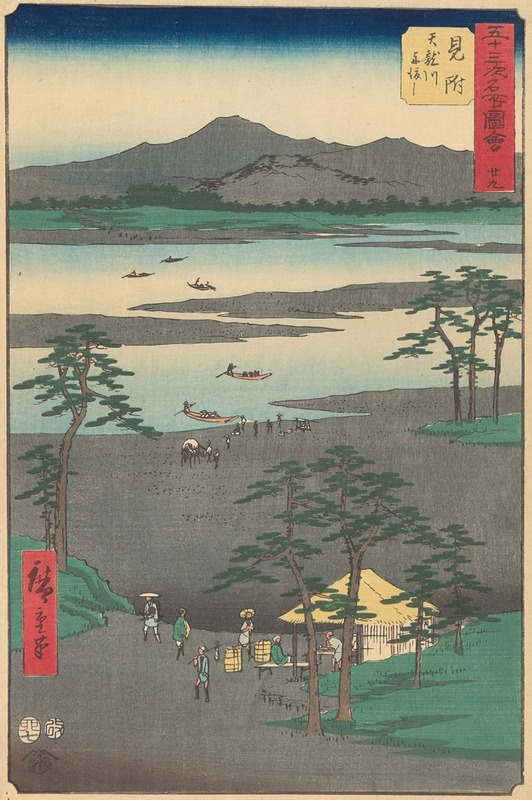
Mitsuke
A hand-painted replica of Andō Hiroshige’s masterpiece Mitsuke, meticulously crafted by professional artists to capture the true essence of the original. Each piece is created with museum-quality canvas and rare mineral pigments, carefully painted by experienced artists with delicate brushstrokes and rich, layered colors to perfectly recreate the texture of the original artwork. Unlike machine-printed reproductions, this hand-painted version brings the painting to life, infused with the artist’s emotions and skill in every stroke. Whether for personal collection or home decoration, it instantly elevates the artistic atmosphere of any space.
Andō Hiroshige, one of the most renowned ukiyo-e artists of the Edo period in Japan, created numerous woodblock prints that captured the beauty of landscapes, daily life, and famous locations. Among his works is the print titled "Mitsuke," which is part of his celebrated series The Fifty-three Stations of the Tōkaidō (Tōkaidō Gojūsan-tsugi). This series, produced in the early 1830s, depicts the post stations along the Tōkaidō, a major travel route connecting Edo (modern-day Tokyo) to Kyoto.
The "Mitsuke" print represents the 28th station of the Tōkaidō. Mitsuke, located in present-day Iwata City in Shizuoka Prefecture, was an important post town where travelers crossed the Tenryū River. During the Edo period, bridges were often absent on major rivers, requiring travelers to rely on ferries or fording the water. Hiroshige's depiction of Mitsuke reflects this reality, showing figures navigating the river crossing.
In the composition, Hiroshige illustrates travelers wading through the shallow waters of the Tenryū River, accompanied by porters carrying their belongings. The scene captures the challenges of travel during the Edo period, as well as the natural beauty of the surrounding landscape. The horizon stretches into the distance, with subtle gradations of color that evoke a sense of depth and atmosphere. Hiroshige's use of perspective and his attention to detail in the figures and environment are characteristic of his style, which blends realism with poetic expression.
The Fifty-three Stations of the Tōkaidō series was highly popular during Hiroshige's lifetime and remains one of his most famous works. It not only serves as an artistic achievement but also provides historical insight into the travel culture and geography of Edo-period Japan. The "Mitsuke" print, like others in the series, reflects Hiroshige's ability to capture the essence of a specific location while conveying the broader experience of journeying along the Tōkaidō.
Hiroshige's work, including the "Mitsuke" print, has had a lasting influence on both Japanese and Western art. His innovative compositions and use of color inspired later artists, including the Impressionists and Post-Impressionists in Europe. Today, his prints are celebrated for their artistic merit and their role in documenting the cultural and natural landscapes of 19th-century Japan.





